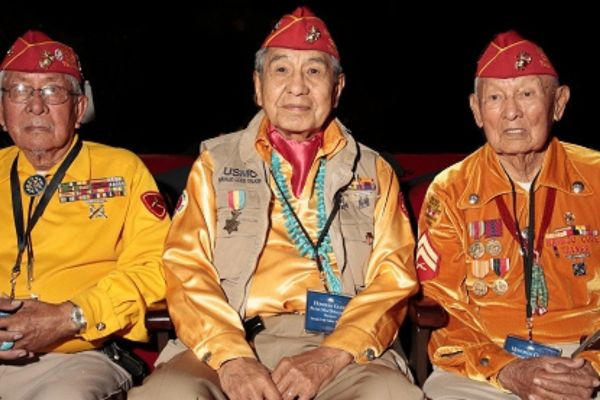
- Details
- By Kaili Berg
The Indian Health Service (IHS) and the Department of Veterans Affairs (VA) have launched an interagency map application to increase access to health care and other essential services for American Indian and Alaska Native (AI/AN) veterans.
Native Americans have served the U.S. military at higher rates than any other group in almost every armed conflict in the nation's history. Native veterans face significantly higher disparities once they transition back to civilian life. The National Council of Urban Indian Health (NCUIH) estimates that there are about eight Native veterans experiencing homelessness per 1000 veterans, compared to 1.5 white veterans per 1000 veterans. Homelessness is a key social determinant of health, and studies show a lack of stable housing leads to an increased risk of negative health outcomes.
The interactive map application, Find Health Care & Resources for Native Veterans, is located on the IHS website and integrates location-based data from 41 urban Indian organizations with 82 locations and 1,500 VA healthcare facilities. The application creates a one-stop platform for Native veterans to search and explore health care and other services by clicking on the map to gain additional details and directions within specified areas. The tool identifies resources to encourage easier access to the services that veterans deserve.
The development of the map application is a part of the Native American Veteran Homelessness Initiative, a multi-agency effort led by the White House Council on the Native American Affairs Health Committee. This initiative’s goal is to develop relationships between VA, IHS, and other organizations serving Native veterans to access these services.
“This interagency map is another step forward connecting American Indian and Alaska Native veterans to various health and support services,” White House Council on Native American Affairs Executive Director Anthony Morgan Rodman said in a statement. “Through its whole-of-government approach, the White House Council on Native American Affairs will continue working with IHS, VA, and other agencies to offer innovative programs and accessible resources for Native veterans.”
More Stories Like This
Chumash Tribe’s Project Pink Raises $10,083 for Goleta Valley Cottage Hospital Breast Imaging CenterMy Favorite Stories of 2025
The blueprint for Indigenous Food Sovereignty is Served at Owamni
Seven Deaths in Indian Country Jails as Inmate Population Rises and Staffing Drops
Sen. Luján Convenes Experts to Develop Roadmap for Native Maternal Health Solutions


